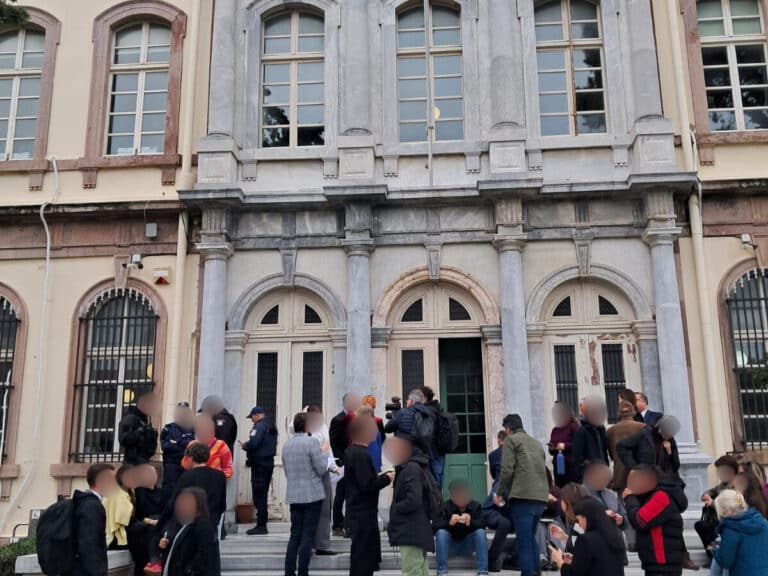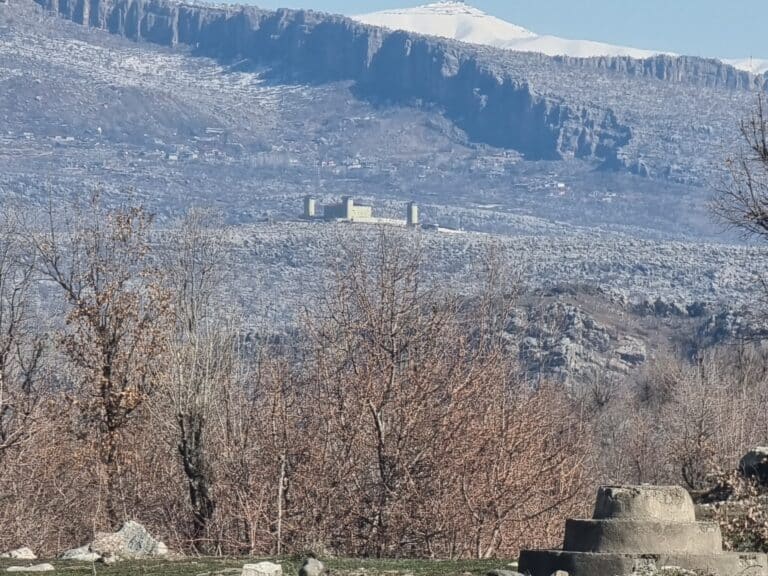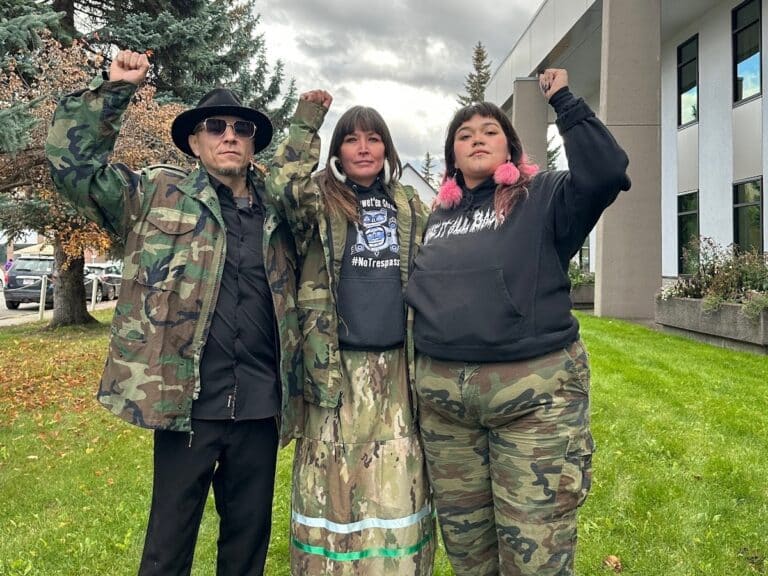The much-anticipated end of Title 42— a Covid-era policy allowing for the immediate expulsion of persons entering the country without documents—occurred on 11 May 2023. After that date, migrants would be subject again to the previous provisions of Title 8 of US immigration law. Government officials warned of large numbers of migrants gathering in Mexico to swarm the border. US President Biden said that the US/Mexico border would be “chaotic for a while” and sent active-duty military troops as backup forces for Border Patrol. Border communities mobilized to receive large numbers of newly arriving migrants seeking asylum. Yet, after a few busy days, the surge of migrants did not come. The quiet end to Title 42 may be the result of the implementation of severe new policy measures and strict limits on migrants from some countries (see 10 Things to Know About the End of Title 42 from The Washington Office on Latin America).
Even though the number of people waiting in Mexico has dramatically increased, there has not been any significant build-up in Agua Prieta, Sonora, which borders Douglas, Arizona, nor have people arrived en-masse at the migrant shelter, CAME. In Douglas, however, city officials, including the police chief and the mayor, faith communities, and other interested citizens worked with the Border Patrol and Customs and Border Protection at the Port of Entry to prepare for what would happen on 11 May. Border Patrol informed the officials that buses would transport migrants apprehended in western Arizona to Douglas, where other buses from the state of Arizona would pick them up and take those people to the Casa Alitas shelter in Tucson. Apparently, Border Patrol was unable to take the migrants directly to Tucson. Additionally, if the Border Patrol buses contained more migrants than could be taken to Tucson, those people would be released in Douglas. The local community mobilized to provide food and housing, health care, and transportation. Several buses came to Douglas in the morning and evening of 11 May and for several days thereafter, bringing people from all over the world, but no one ever stayed the night in Douglas. Every person went directly to Tucson, where they could make further travel plans. A week later, the buses stopped coming.
Shelters along the border were busy, but nowhere was overwhelmed. This outcome does not mean the crisis was averted. The US still needs to develop an effective long-term strategy to manage the thousands of people in dangerous situations who are seeking to request asylum.
- Pray for continued courage and safety for all those who are travelling.
- Ask that the migrants would be protected from those who would take advantage of them.
- Give thanks for the border communities and organizations who have committed to helping asylum seekers and other migrants.
- Pray that the US government would institute humane policies for granting asylum.
- As always, for US citizens, repent the economic, social, and political advantages you enjoy on the backs of the poor people of the world.




